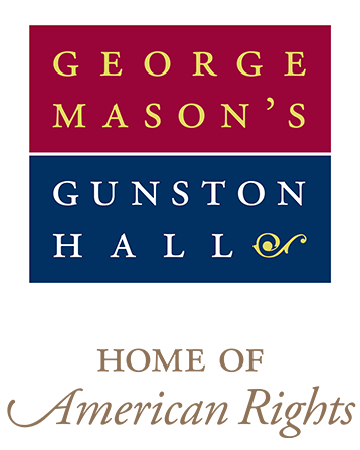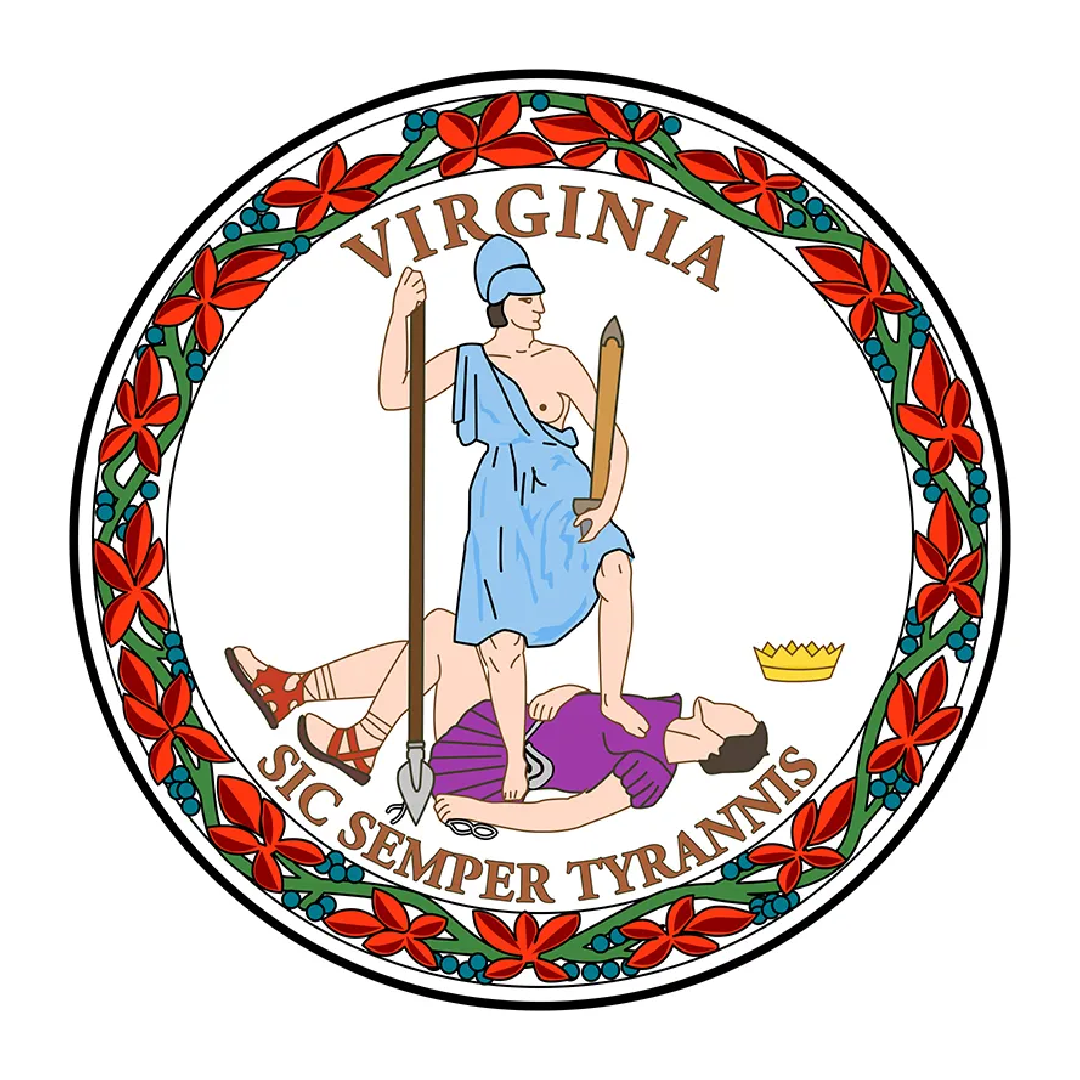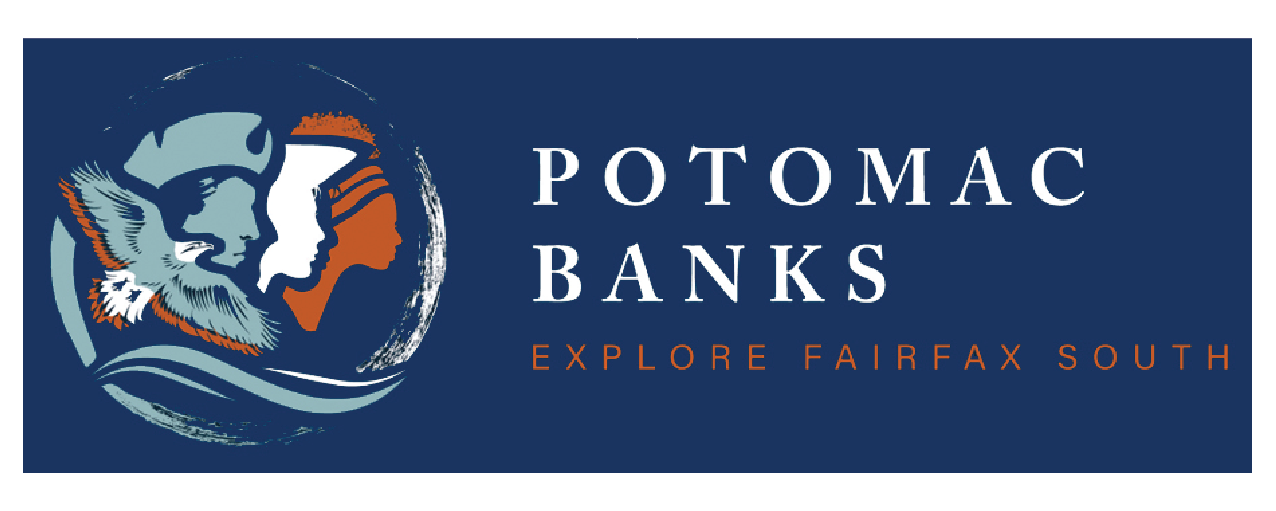The Mason Family and Their Estate
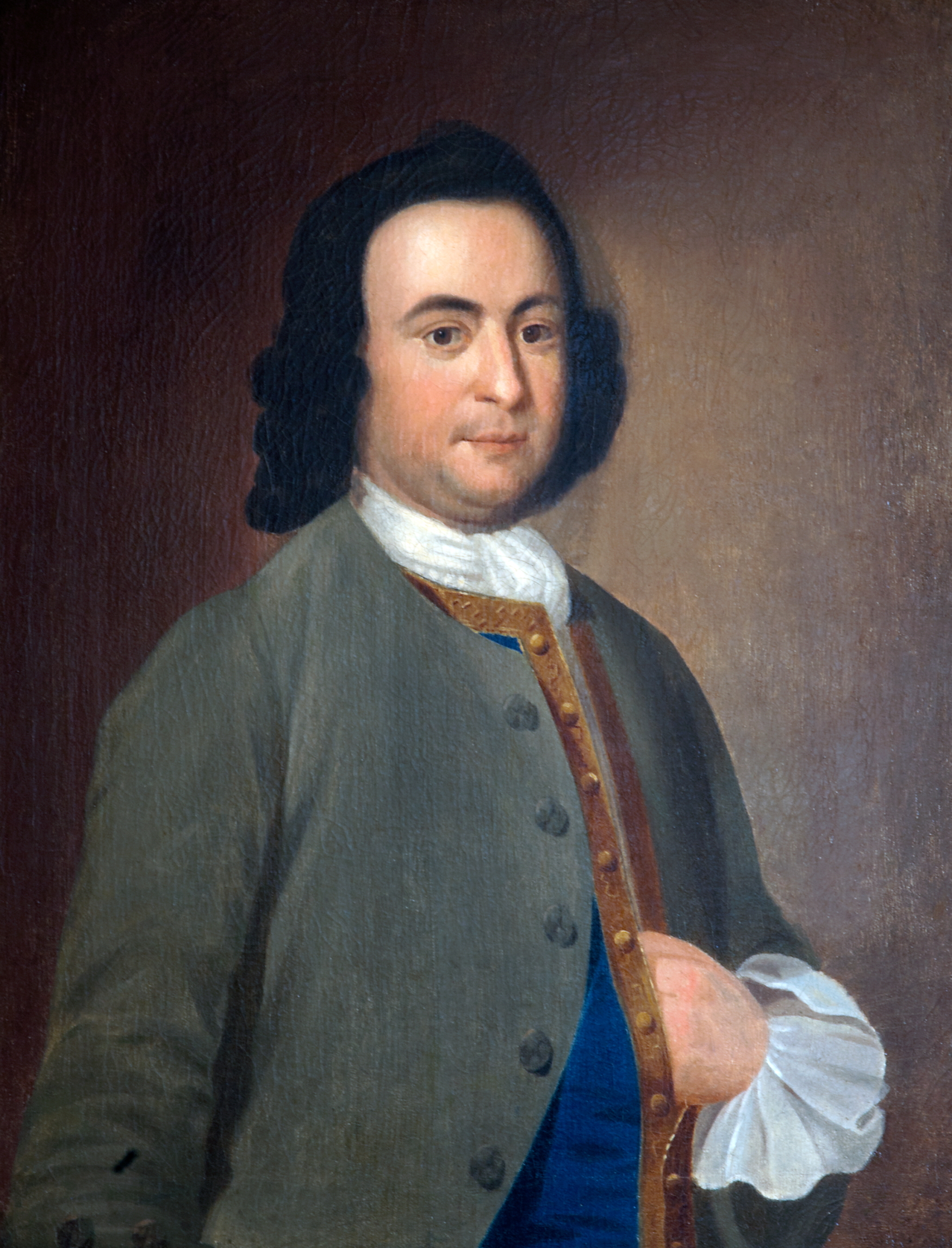
George Mason
George Mason was an architect of the American Revolution and a leading proponent of both limiting government tyranny and protecting citizens’ rights. As the primary author of the Virginia Declaration of Rights and the Virginia Constitution, Mason had a profound influence on his own state and the constitutions of the other states that first formed our country. Thomas Jefferson paid homage to Mason by incorporating both ideas and language from the Virginia Declaration of Rights into the Declaration of Independence. And George Mason himself was a leader in the constitutional convention and subsequent ratification debates.
Yet few people know much about Mason. A devoted family man, a shrewd business man, an independent thinker, a slave owner, and a political thinker, Mason was a complicated person. Staff and volunteers at Gunston Hall have spent years researching Mason and his world. Scholars at other institutions have added greatly to this body of knowledge. There is still much for all of us to learn.
Political Involvements
George Mason led the drafting of the Virginia Declaration of Rights, with his notes serving as its first version. After debate and revisions at the Virginia Convention, the final document included key protections like the right to a fair trial. It went on to inspire the Declaration of Independence, the U.S. Constitution, and the Bill of Rights.
Family, Legacy, and the Birth of Gunston Hall
George Mason IV was born into a prominent Chesapeake region family, with extensive land holdings in both Maryland and Virginia. Mason’s father, also named George, died when young George was a child. His mother, Ann Thomson Mason, took over the responsibility of the family plantations and business interests. Eventually, George and his two siblings (Mary and Thomson) each inherited substantial properties.
When Ann Eilbeck and George IV married, they lived in a house on land inherited by George. They soon decided to build a new, fashionable home for their growing family. They located their new house near the Potomac and called it Gunston Hall.
The Mason family at Gunston Hall took different shapes at different times. Ann and George moved into Gunston Hall with numerous children. With births, deaths, and marriages, the household evolved. It eventually included nieces and nephews, a step-mother, and aunts, as well as adult children and grandchildren. The Mansion overflowed with the nine Mason children who survived childhood, as well as various relatives, and friends.
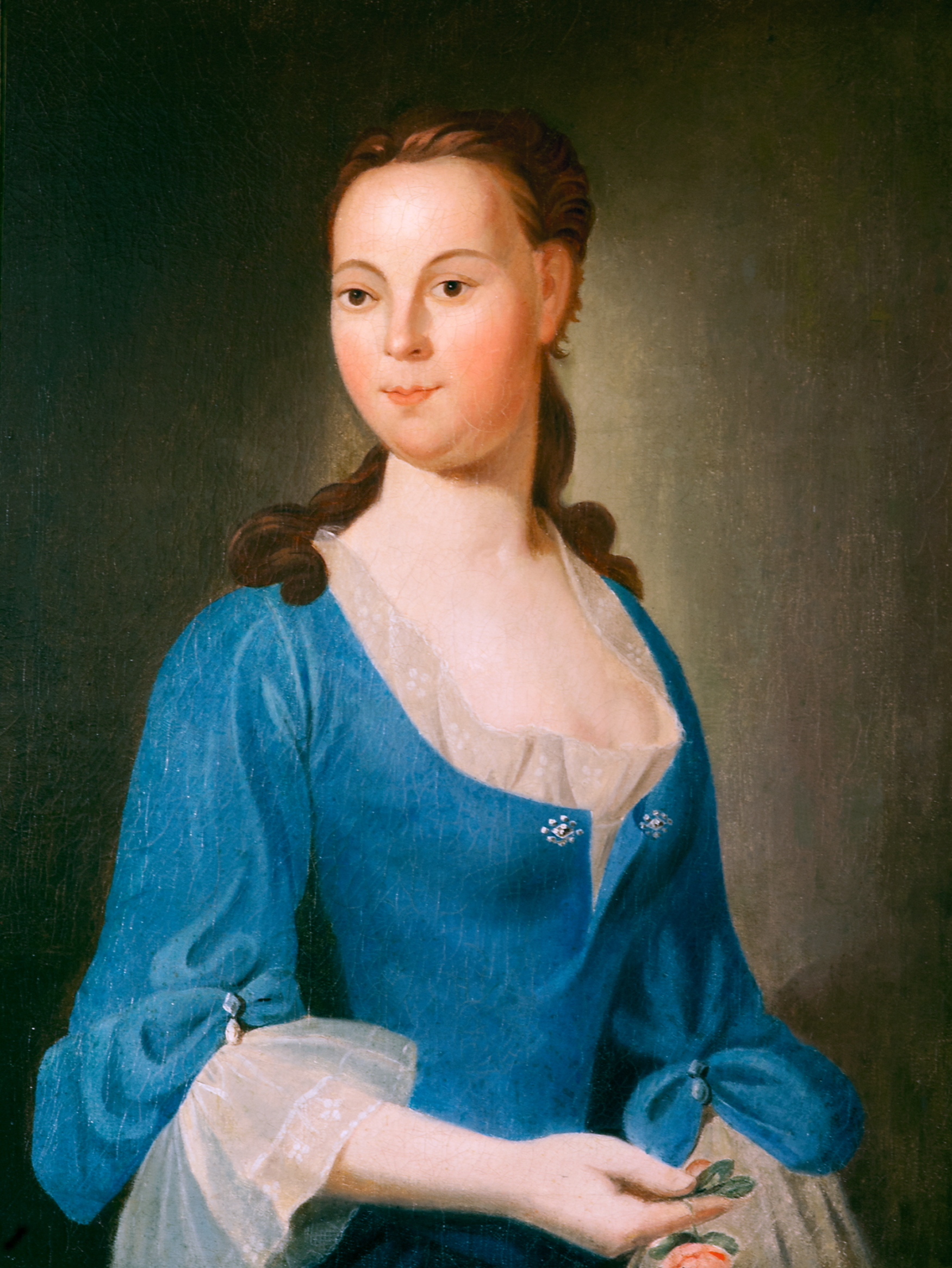
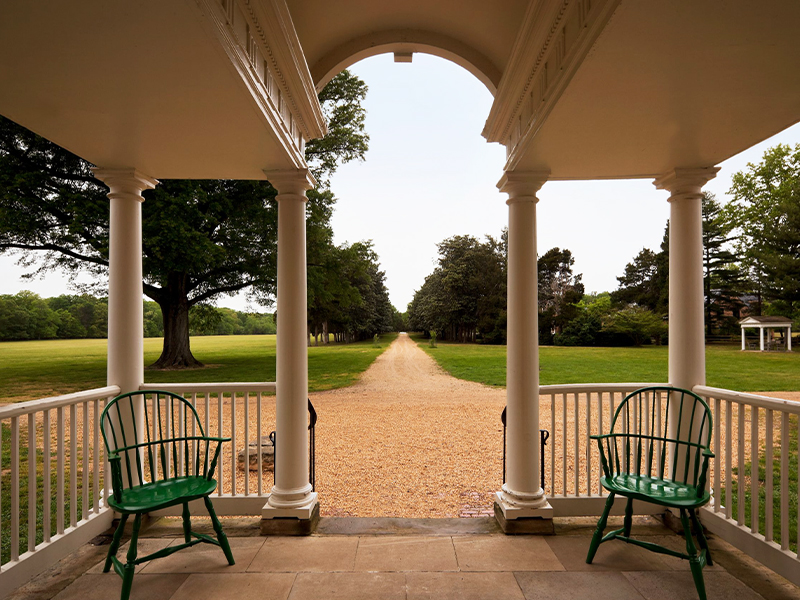
Step Into the World of George Mason
Experience the home of a Founding Father whose ideas helped shape American freedoms. From the elegant mansion to riverside trails, every corner of Gunston Hall invites you to explore the roots of liberty.
